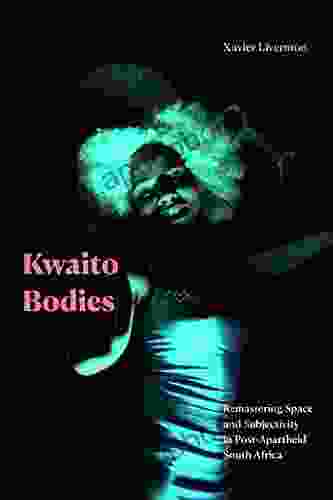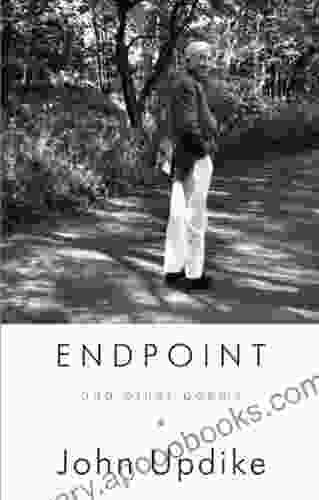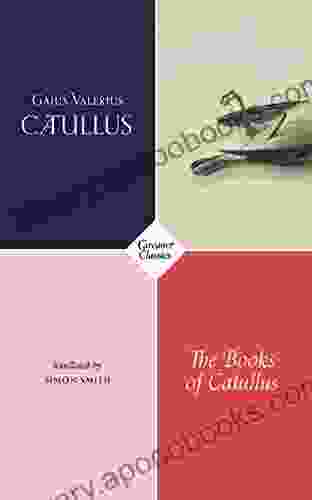Remastering Space and Subjectivity in Post-Apartheid South Africa: A Literary and Visual Exploration

The end of apartheid in South Africa in 1994 marked a significant turning point in the country's history. However, the legacy of apartheid continues to shape South African society in profound ways. One of the most important ways in which apartheid has left its mark is through the spatial and subjective divisions it created.
During apartheid, South Africa was divided into separate spaces for different racial groups. These spaces were designed to maintain white supremacy and to prevent black people from participating fully in society. The legacy of this spatial division is still evident today in the form of segregated neighborhoods, schools, and public spaces.
4.6 out of 5
| Language | : | English |
| File size | : | 28292 KB |
| Text-to-Speech | : | Enabled |
| Screen Reader | : | Supported |
| Enhanced typesetting | : | Enabled |
| Print length | : | 288 pages |
Apartheid also had a profound impact on the subjectivity of black South Africans. Under apartheid, black people were denied basic human rights and were subjected to constant humiliation and discrimination. This experience of oppression had a lasting impact on the way that black South Africans see themselves and their place in the world.
In recent years, there has been a growing movement in South Africa to challenge the legacy of apartheid. This movement has taken many forms, including literary and visual art. In these works, artists and writers are exploring the spatial and subjective boundaries that were created during apartheid and are imagining new ways of living together.
Literary Explorations of Space and Subjectivity
Many South African writers have explored the themes of space and subjectivity in their work. One of the most important of these writers is J.M. Coetzee. In his novels, Coetzee often writes about the experiences of white South Africans who are struggling to come to terms with the legacy of apartheid. In his novel Disgrace, for example, Coetzee tells the story of a white professor who is forced to confront his own racism after his daughter is raped by a black man.
Another important South African writer who has explored the themes of space and subjectivity is Zakes Mda. In his novels, Mda often writes about the experiences of black South Africans who are struggling to find their place in a post-apartheid society. In his novel The Heart of Redness, for example, Mda tells the story of a black man who is haunted by the memories of his experiences during apartheid.
These are just two examples of the many ways in which South African writers are exploring the themes of space and subjectivity. These writers are helping to shape a new understanding of what it means to be South African in the post-apartheid era.
Visual Explorations of Space and Subjectivity
In addition to literature, visual artists have also played an important role in exploring the themes of space and subjectivity in post-apartheid South Africa. One of the most important of these artists is William Kentridge. Kentridge's work often focuses on the scars of apartheid and the ways in which they continue to shape South African society. In his film The Refusal of Time, for example, Kentridge uses charcoal drawings and animation to tell the story of a white family who is haunted by the ghosts of their past.
Another important South African visual artist who has explored the themes of space and subjectivity is Zanele Muholi. Muholi's work often celebrates the beauty and resilience of black queer people. In her series of photographs titled Faces and Phases, for example, Muholi portrays black queer people in a variety of poses and expressions. These photographs challenge traditional representations of black queer people and offer a new way of seeing them.
These are just two examples of the many ways in which South African visual artists are exploring the themes of space and subjectivity. These artists are helping to create a new visual language for understanding the complexities of post-apartheid South Africa.
The legacy of apartheid continues to shape South African society in profound ways. However, the works of South African artists and writers offer hope for a better future. These works challenge the spatial and subjective boundaries that were created during apartheid and imagine new ways of living together. In ng so, they are helping to create a more just and equitable society for all South Africans.
Call to Action
If you are interested in learning more about the ways in which South African artists and writers are exploring the themes of space and subjectivity, I encourage you to read the book Remastering Space and Subjectivity in Post-Apartheid South Africa. This book brings together the work of leading scholars in the field and offers a comprehensive overview of this important topic.
By reading this book, you will gain a deeper understanding of the challenges and opportunities facing South Africa in the post-apartheid era. You will also be inspired by the work of the artists and writers who are helping to shape a new future for South Africa.
Free Download your copy of Remastering Space and Subjectivity in Post-Apartheid South Africa today!
Image Credits
- Image 1: "The Refusal of Time" by William Kentridge. Courtesy of the artist.
- Image 2: "Faces and Phases" by Zanele Muholi. Courtesy of the artist.
4.6 out of 5
| Language | : | English |
| File size | : | 28292 KB |
| Text-to-Speech | : | Enabled |
| Screen Reader | : | Supported |
| Enhanced typesetting | : | Enabled |
| Print length | : | 288 pages |
Do you want to contribute by writing guest posts on this blog?
Please contact us and send us a resume of previous articles that you have written.
 Book
Book Novel
Novel Page
Page Chapter
Chapter Text
Text Story
Story Genre
Genre Reader
Reader Library
Library Paperback
Paperback E-book
E-book Magazine
Magazine Newspaper
Newspaper Paragraph
Paragraph Sentence
Sentence Bookmark
Bookmark Shelf
Shelf Glossary
Glossary Bibliography
Bibliography Foreword
Foreword Preface
Preface Synopsis
Synopsis Annotation
Annotation Footnote
Footnote Manuscript
Manuscript Scroll
Scroll Codex
Codex Tome
Tome Bestseller
Bestseller Classics
Classics Library card
Library card Narrative
Narrative Biography
Biography Autobiography
Autobiography Memoir
Memoir Reference
Reference Encyclopedia
Encyclopedia John Nichols
John Nichols Lin Anderson
Lin Anderson Nicola Barber
Nicola Barber John Hart
John Hart Roderick P Hart
Roderick P Hart Thomas S Roukis
Thomas S Roukis Nicolas Gerrier
Nicolas Gerrier Karen Desousa
Karen Desousa Joshua Sbicca
Joshua Sbicca The Great British Sewing Bee
The Great British Sewing Bee John Lamb
John Lamb Joseph Postell
Joseph Postell Jordana Y Shakoor
Jordana Y Shakoor John E Freund
John E Freund John Tiffany
John Tiffany Jp Lepeley
Jp Lepeley John W Duarte
John W Duarte John Tulloch
John Tulloch Larry Sloman
Larry Sloman Lynn Thorndike
Lynn Thorndike
Light bulbAdvertise smarter! Our strategic ad space ensures maximum exposure. Reserve your spot today!

 Natsume SōsekiUnleash the Power of Data Visualization: Discover "Excel Infographics Charts"...
Natsume SōsekiUnleash the Power of Data Visualization: Discover "Excel Infographics Charts"... William PowellFollow ·19k
William PowellFollow ·19k Leon FosterFollow ·17.1k
Leon FosterFollow ·17.1k Sammy PowellFollow ·15.6k
Sammy PowellFollow ·15.6k Derek BellFollow ·13.3k
Derek BellFollow ·13.3k Clay PowellFollow ·18.7k
Clay PowellFollow ·18.7k Brian BellFollow ·15k
Brian BellFollow ·15k Dave SimmonsFollow ·15.6k
Dave SimmonsFollow ·15.6k Steven HayesFollow ·8.7k
Steven HayesFollow ·8.7k

 Tyler Nelson
Tyler NelsonHer Dragon to Slay: Embark on an Epic Journey of...
In a realm where shadows dance and legends...

 Zachary Cox
Zachary Cox101 Best Marine Invertebrates: The Adventurous Aquarist's...
Unveiling the Enchanting Realm...
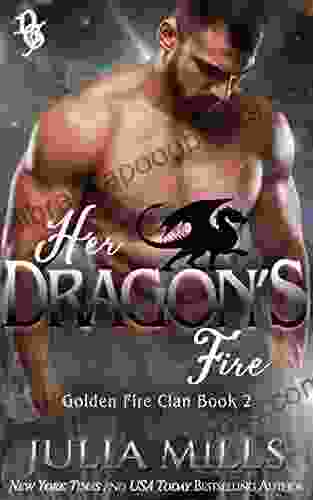
 William Wordsworth
William WordsworthHer Dragon Fire: Unleash the Power Within Your Soul
Embark on an...
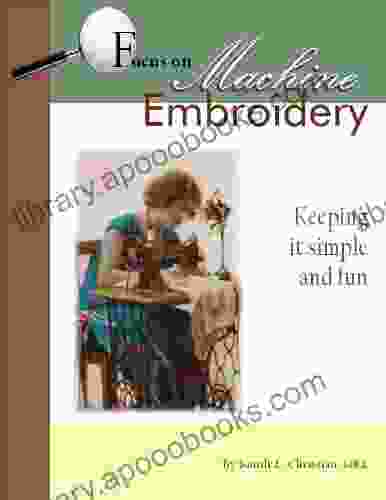
 William Powell
William PowellUnveiling the Enchanting World of Machine Embroidery with...
Embroidery, an ancient art form that has...
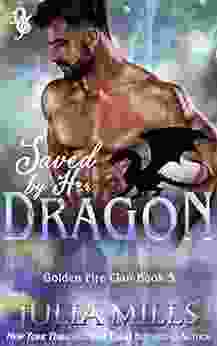
 Will Ward
Will WardGolden Fire Clan Dragon Guard: A Journey into a Realm of...
Prepare to be...

 Gustavo Cox
Gustavo CoxProject Ideas to Elevate Your Hobbies and Flourish Your...
<p>Welcome to the ultimate guide to...
4.6 out of 5
| Language | : | English |
| File size | : | 28292 KB |
| Text-to-Speech | : | Enabled |
| Screen Reader | : | Supported |
| Enhanced typesetting | : | Enabled |
| Print length | : | 288 pages |


